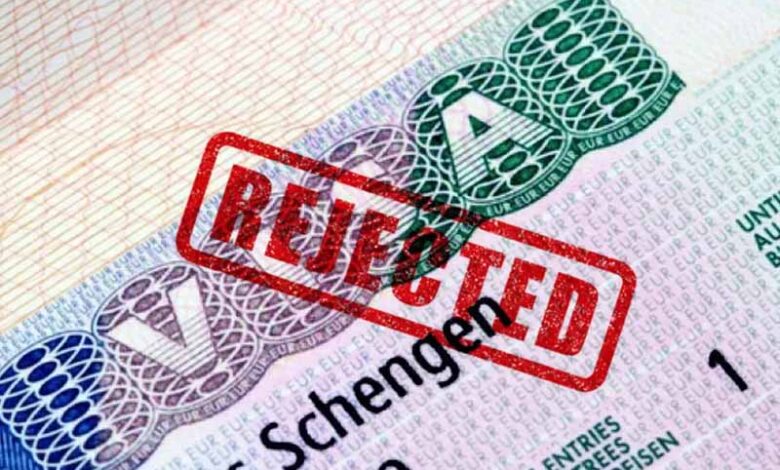Nigeria records 45.9% Schengen visa rejection rate in 2024, third highest globally

Nigeria’s Schengen visa rejection rate has surged to 45.9% in 2024, placing it third third-highest globally, where only two countries have higher rejection rates.
According to data from the European Commission, this is a rise from 40.8% recorded in 2023, showing that nearly half of Nigerian applicants are being denied access to Europe’s Schengen Zone.
The European Commission disclosed that consulates of EU and Schengen-associated countries received over 11.7 million applications for short-stay visas in 2024, a 13.6% increase from 10.3 million applications in 2023 and a 56% rise compared to 7.5 million in 2022.
Despite this growth, the number of applications remains below pre-pandemic levels, with 2019 seeing 17 million requests.
Of the 11.7 million applications in 2024, more than 9.7 million visas were issued, representing a 14.1% increase from 8.5 million issued in 2023, though still below the 15 million visas granted in 2019.
The Schengen Area, which facilitates free movement across internal borders, currently includes 29 countries such as Austria, Belgium, Croatia, the Czech Republic, Denmark, Estonia, Finland, France, Germany, Iceland, Italy, Luxembourg, Malta, the Netherlands, Norway, Poland, Portugal, Sweden, and Switzerland, among others.
Here are the top 10 countries where most people got their Schengen visa applications denied in 2024
10. Cape Verde: Visa refusals for Cape Verde dropped sharply to 13.4% in 2024. This is a significant decrease from the 24% rejection rate recorded in 2023.
9. Türkiye: The rejection rate for Turkish applicants was 14.5% in 2024, down from 16.1% in 2023, reflecting a modest relaxation in visa refusal.
8. Iran: Iran’s refusal rate decreased to 26% in 2024 from 30.3% in 2023, showing a slight improvement in visa approvals.
7. Syria: Syria saw a notable decline in rejection rates, dropping to 27% in 2024 from 46% in 2023, which may suggest some easing of visa restrictions.
6. Ecuador: Ecuador’s refusal rate increased to 29.6% in 2024 from 24.4% the year before.
5. Mauritania: Though the refusal rate slightly decreased to 32.5% in 2024 from 36.6% in 2023, Mauritanian applicants still faced considerable challenges obtaining visas.
4. Congo (Brazzaville): The rejection rate jumped to 43% in 2024 from 35.3% in 2023, indicating a tougher visa approval environment for applicants from Congo.
3. Nigeria: Nigerian applicants saw a sharp rise in visa refusals, with the rejection rate climbing to 45.9% in 2024 compared to 40.8% in 2023, suggesting increased scrutiny or documentation issues.
2. Senegal: Senegal’s refusal rate rose to 46.8% in 2024 from 42.1% the previous year.
1. Bangladesh: With a rejection rate of 54.9% in 2024, visa applicants from Bangladesh faced the highest refusal rate, marking a significant increase from 43.3% in 2023. This indicates stricter scrutiny on applications from this country.
What you should know
Nairametrics reported a list of the top 10 Schengen countries with the highest visa rejection rates in 2024.
Leading the list is Malta, which recorded a rejection rate of 38.5%. Out of 45,578 applications, 16,905 were denied, meaning nearly 4 out of every 10 applicants were refused.
Estonia followed with a rejection rate of 27.2%, having rejected 3,291 of the 12,125 applications it processed.
Belgium ranked third, rejecting 24.6% of its applicants over 61,000 out of 255,564.





